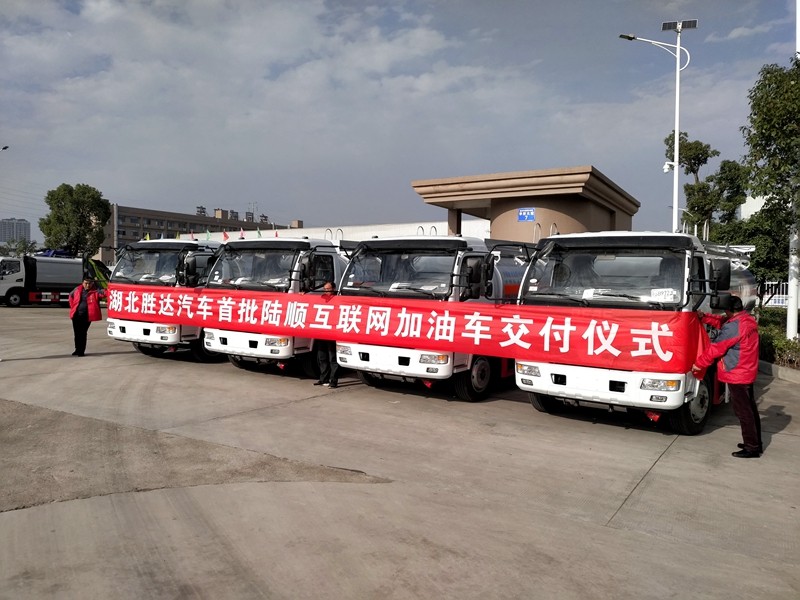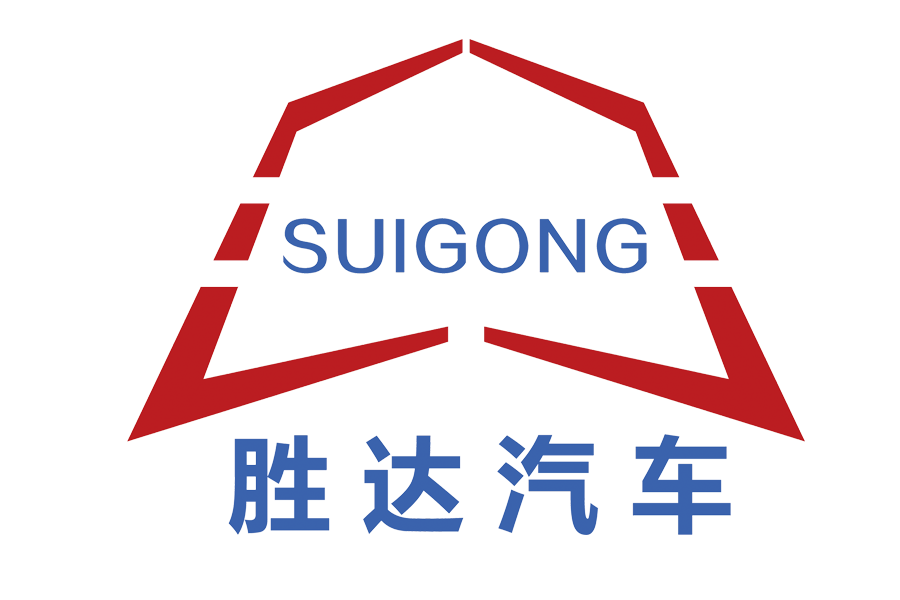In the dynamic landscape of urban development, the effective management of environmental cleanliness and dust control has become a cornerstone for sustainable growth. Hubei Shengda Automobile Co., Ltd., strategically located in Suizhou, Hubei Province - a renowned hub for automotive modification - has been at the forefront of providing innovative solutions in the specialized vehicle industry. This case study delves into the company's remarkable cooperation in the production and supply of sprinkler trucks for a newly established urban area, highlighting the transformative impact of their collaboration.

In addition to the environmental concerns, the new urban area aimed to project a modern and clean image to attract more residents and businesses. The local government had set strict environmental targets, mandating a 30% reduction in dust pollution within the first year of the area's development. The management committee thus faced an urgent need to upgrade its road cleaning and dust suppression capabilities.
The water tank of the new sprinkler trucks was a standout feature. Constructed from high - strength, corrosion - resistant 304 stainless steel with a thickness of 4 - 5 mm, the tank had a generous capacity of 10 - 12 cubic meters. This substantial increase in capacity meant that the trucks could operate for a much longer time between refills, reducing the disruption to the spraying schedule. The tank's interior was also designed with a series of baffles and anti - slosh mechanisms to minimize the movement of water during driving, ensuring the vehicle's stability, especially on curved and inclined roads.

